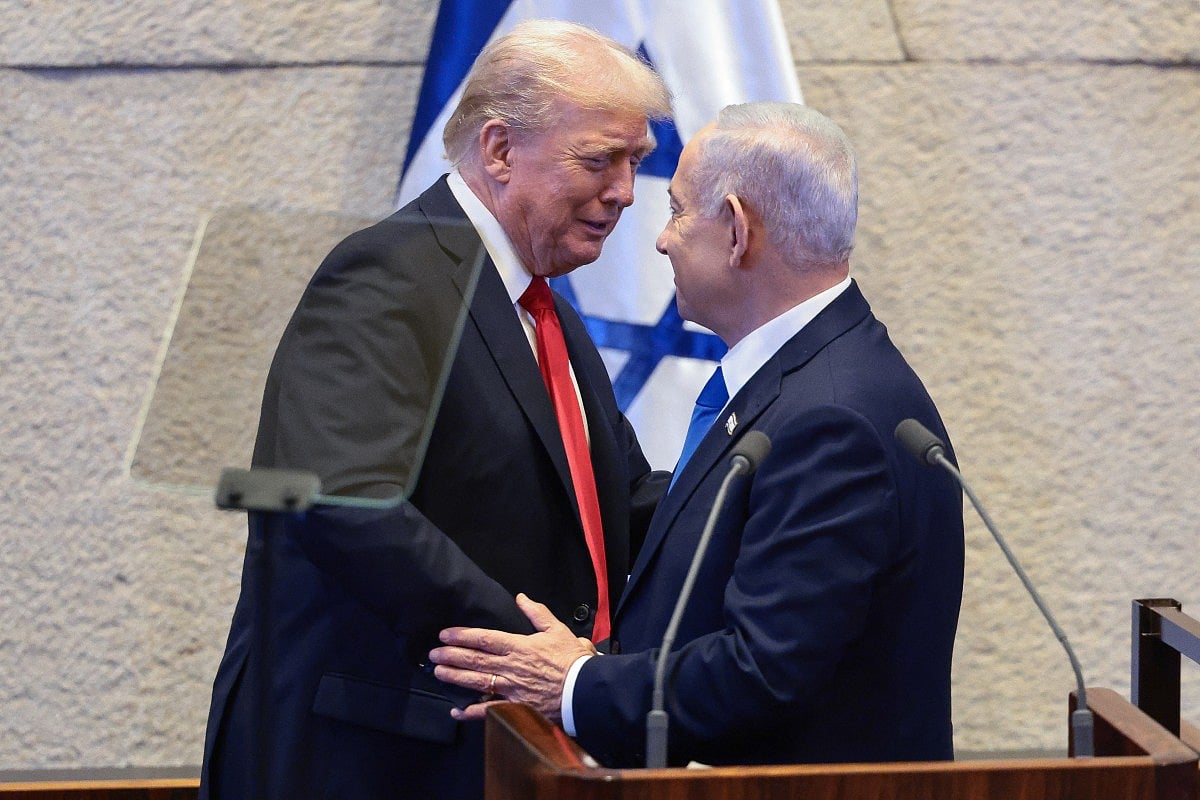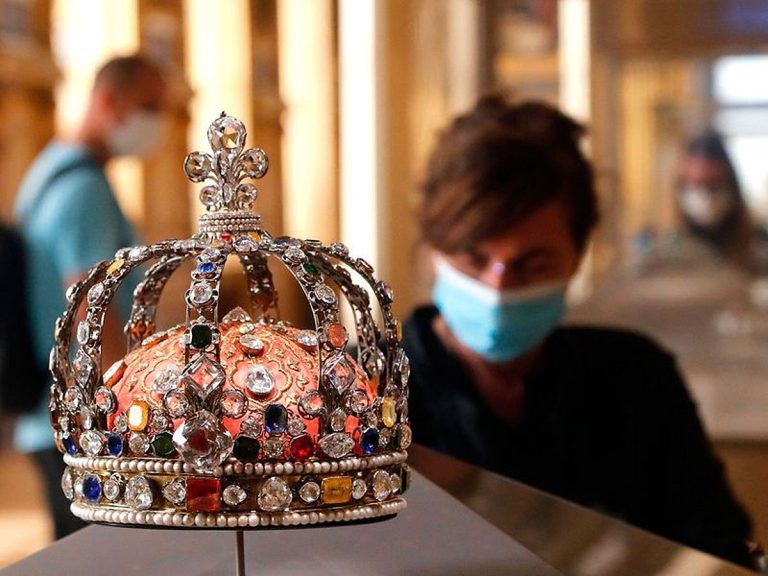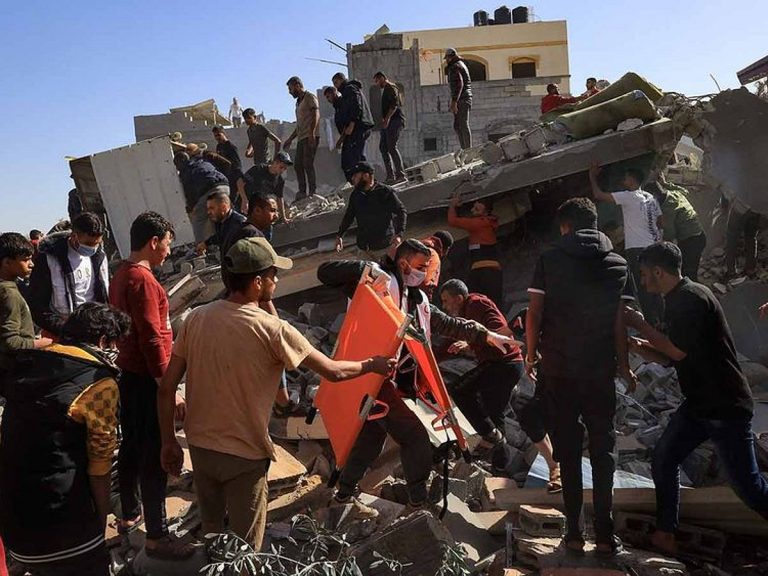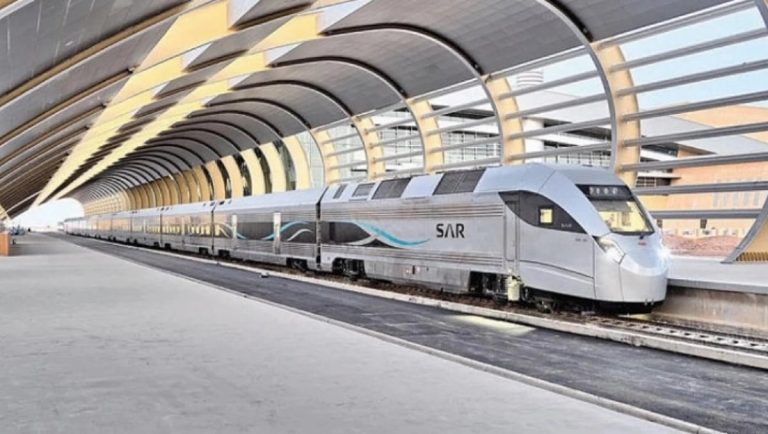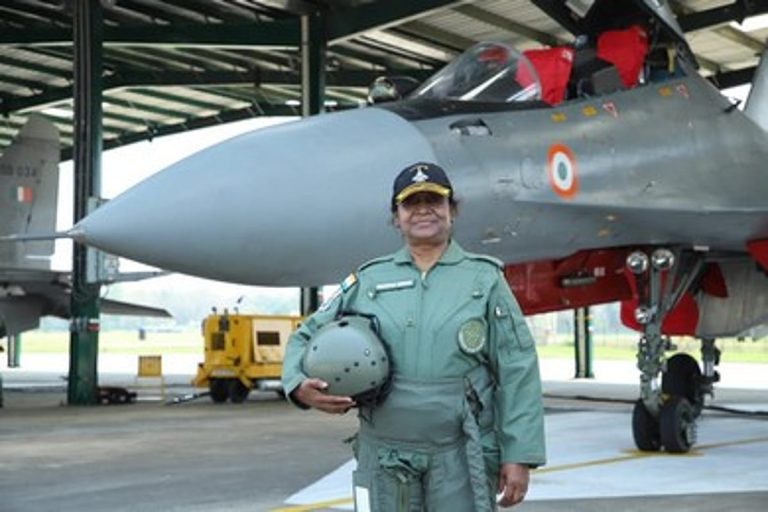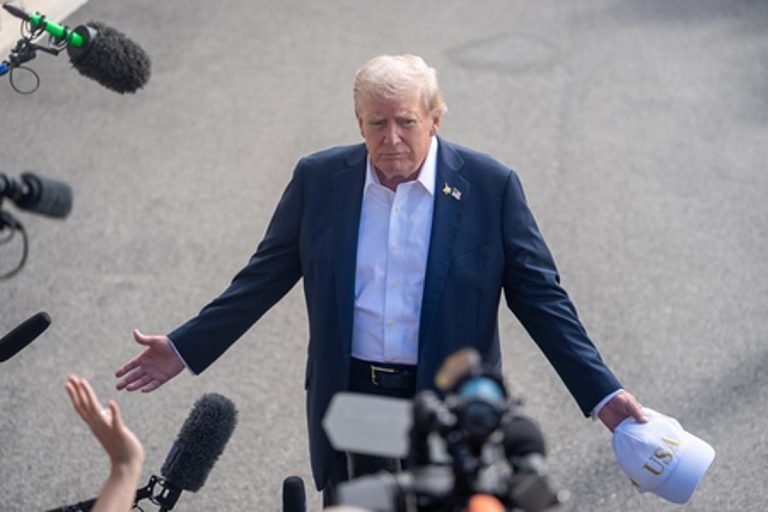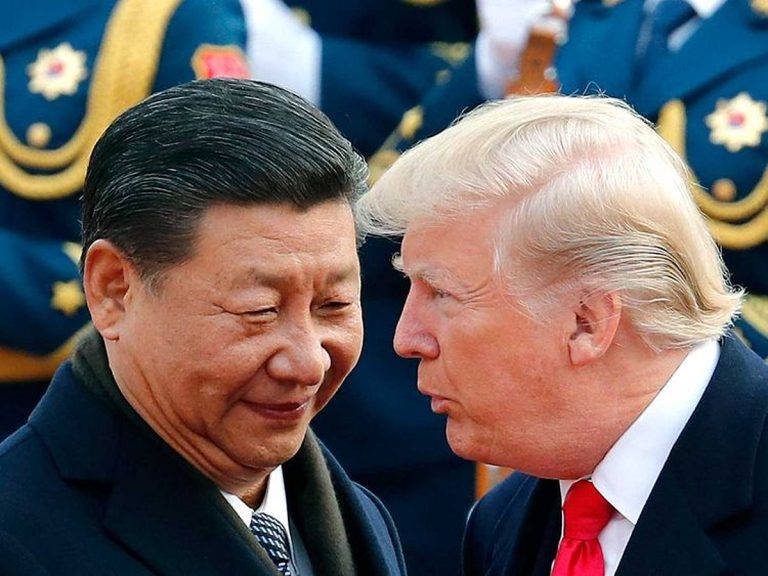Trump Calls for Peace and Gaza Reconstruction in Israel
In a significant address to Israeli lawmakers, President Donald Trump emphasized the need for peace in the Middle East following years of conflict involving Israel, Hamas, and regional adversaries. He urged Israel to transition from military victories to diplomatic efforts aimed at achieving lasting harmony in the region. Trump’s remarks come at a pivotal moment as a fragile ceasefire holds, presenting an opportunity for renewed dialogue and reconstruction.
A Call for Peace
During his speech at the Knesset, Trump asserted that Israel had reached its limits on the battlefield. He stated, “You’ve won. I mean, you’ve won. Now it is time to translate these victories against terrorists on the battlefield into the ultimate prize of peace and prosperity for the entire Middle East.” His message was clear: the time for military action has passed, and the focus must shift to building a peaceful future.
Trump’s visit was not solely about diplomacy; it also served as a platform for political commentary. He took the opportunity to express gratitude to his supporters, criticize past Democratic administrations, and commend prominent figures in the audience, including major donor Miriam Adelson.
Support for Gaza Reconstruction
In a notable commitment, Trump promised assistance in rebuilding Gaza, which has suffered extensive damage during the ongoing conflict. He urged Palestinians to abandon violence, stating, “Now is the time to concentrate on building their people up instead of trying to tear Israel down.” This appeal reflects a broader vision for stability in the region, emphasizing cooperation over conflict.
Trump also extended a hand to Iran, suggesting that the U.S. seeks peaceful relations. “We merely want to live in peace,” he remarked, highlighting the desire for a cooperative approach to regional security.
Upcoming Diplomatic Efforts
Following his address, Trump was scheduled to attend a summit in Egypt with leaders from over 20 nations to discuss peace initiatives in Gaza and the broader Middle East. Despite delays in his schedule due to lengthy speeches in Israel, he maintained a light-hearted demeanor, joking about the possibility of arriving late to the summit.
The ongoing negotiations include the release of hostages and Palestinian prisoners, as well as increased humanitarian aid to Gaza. Trump expressed optimism about the ceasefire, stating, “The war is over, OK? I think people are tired of it.” His administration’s support for Israel’s military actions against Iranian proxies has been framed as a crucial factor in creating this moment of potential peace.
The Fragile Nature of Peace
While the atmosphere is hopeful, the situation remains delicate. The ceasefire agreement includes provisions for humanitarian aid and a partial withdrawal of Israeli forces from Gaza’s main cities. However, significant issues such as the governance of Gaza post-conflict and the disarmament of Hamas remain unresolved. Israel has indicated that military operations could resume if its demands are not met, underscoring the precariousness of the current peace efforts.
Humanitarian Concerns in Gaza
As the conflict continues to impact daily life in Gaza, the humanitarian situation is dire. With much of the territory in ruins, approximately 2 million residents face severe hardships, including food shortages. The ceasefire agreement allows for the reopening of five border crossings to facilitate the flow of essential supplies, which is a critical step toward alleviating the suffering of the Gazan population.
To support the ceasefire, around 200 U.S. troops will be deployed to assist in monitoring the situation, working alongside partner nations and NGOs. This international cooperation is vital for ensuring that the terms of the ceasefire are upheld and that humanitarian aid reaches those in need.
A Historic Moment
Trump’s visit to Israel was marked by enthusiastic support from Israeli lawmakers, who greeted him with standing ovations. Netanyahu praised Trump as “the greatest friend Israel has ever had in the White House,” expressing a mutual commitment to pursuing peace. The atmosphere in the Knesset reflected a shared hope for a new chapter in Israeli-Palestinian relations.
As negotiations continue, both sides are aware of the challenges ahead. The initial phase of the ceasefire agreement is just the beginning, and the path to a sustainable peace will require ongoing dialogue and compromise.
FAQs
What are the key components of the ceasefire agreement?
The ceasefire agreement includes the release of hostages held by Hamas, the release of Palestinian prisoners by Israel, an increase in humanitarian aid to Gaza, and a partial withdrawal of Israeli forces from major cities in Gaza.
How is the U.S. supporting the peace process?
The U.S. is providing support through diplomatic efforts, military monitoring, and financial assistance for the reconstruction of Gaza, while also facilitating discussions among regional leaders.
What challenges remain in achieving lasting peace?
Significant challenges include the governance of Gaza post-conflict, the disarmament of Hamas, and ensuring that humanitarian aid reaches those in need without exacerbating tensions.
Conclusion
The recent developments in the Middle East present a critical opportunity for peace and reconstruction. While the ceasefire offers a glimmer of hope, the path forward is fraught with challenges that require careful negotiation and international support. As leaders engage in ongoing discussions, the focus must remain on building a sustainable future for both Israelis and Palestinians.
Also Read:
Global Leaders Meet for Gaza Peace Summit in Egypt

